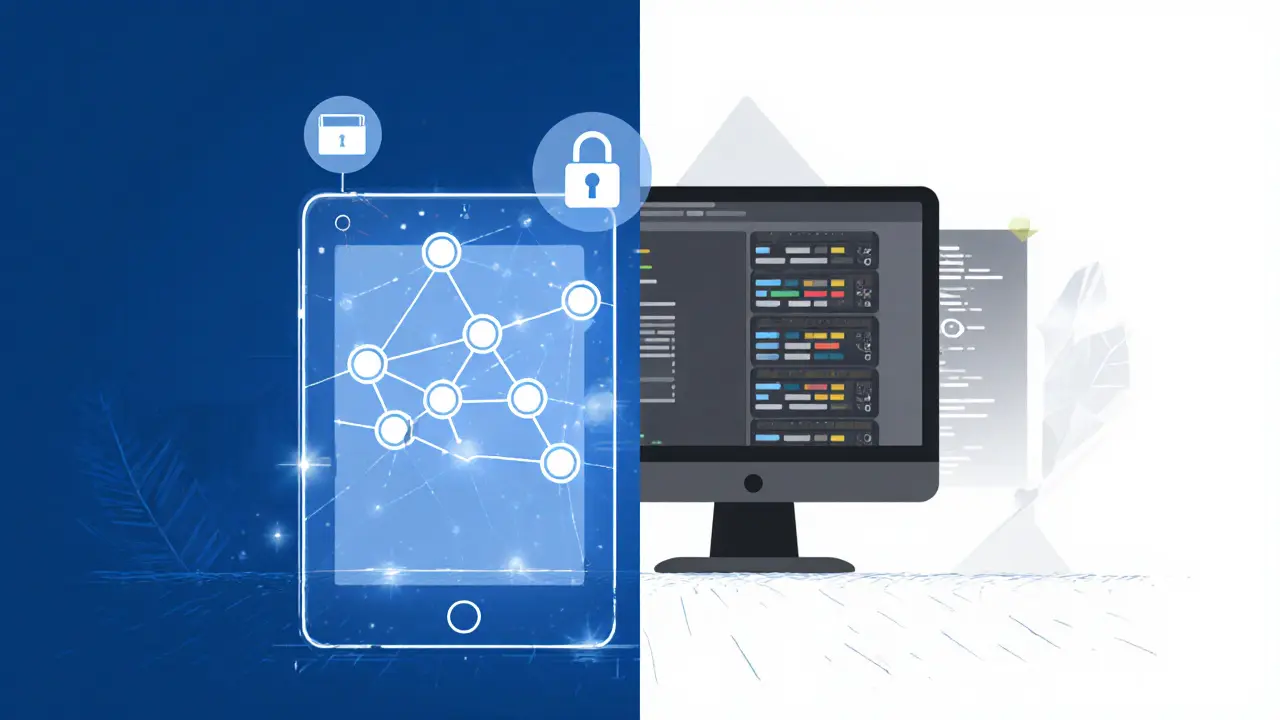Blockchain: Your Gateway to Decentralized Innovation
Did you know a single blockchain, a distributed ledger that records transactions across many computers. Also called distributed ledger technology, it lets anyone verify data without a central authority. Blockchain sharding, a scaling method that splits the network into smaller, parallel pieces makes that ledger faster, while decentralized identity, a system where users own and manage their own credentials gives you control over personal data. And when you combine blockchain gaming, games that use NFTs and crypto tokens for in‑game assets with these tools, you get a whole new economy where players truly own their loot. In short, blockchain encompasses sharding, requires scaling, and fuels gaming and identity innovations.
Key concepts you’ll explore
First, scaling isn’t optional—high‑traffic networks need solutions like sharding, sidechains, or rollups to keep fees low and speeds high. That’s why blockchain scaling shows up across our guides, from Ethereum’s roadmap to newer Layer‑2 chains. Second, identity moves the focus from “who owns the account” to “who owns the data.” Decentralized identity (DID) lets you prove who you are without handing over private info to a platform, a shift that underpins privacy‑first wallets and compliant finance. Third, gaming has turned from a hobby into a revenue engine thanks to NFTs, play‑to‑earn models, and tokenized economies; our articles break down how developers mint, trade, and govern these assets. Finally, real‑world use cases—like using blockchain for tax reporting in Portugal or protecting ad fraud with Proof‑of‑View—show how the tech moves beyond hype into daily utility.
Each of these pillars interlock: sharding boosts throughput, which makes large‑scale gaming possible; decentralized identity ensures players’ assets stay theirs; and robust scaling keeps transaction costs low enough for everyday use. When you read our collection you’ll see how a single blockchain can power a global ad network, a national tax system, or a cross‑border payment solution, all while staying secure and transparent.
Below you’ll find a curated set of articles that dive deeper into each of these topics, from technical deep‑dives on sharding to practical guides on decentralized identity and the latest trends in blockchain gaming.

Digital Signatures vs Traditional Signatures in Crypto: A Practical Comparison
A clear comparison of digital and traditional signatures, covering how they work, security differences, blockchain use cases, and future post‑quantum trends.

Merkle Tree Security Properties Explained
Explore the security guarantees of Merkle trees, from tamper‑evident roots and membership proofs to zero‑knowledge integrations and quantum‑resistant hashing.

Key Benefits of Using dApps Explained
Discover why decentralized applications (dApps) offer users control, transparency, lower costs, and censorship resistance, plus the perks developers enjoy such as token monetization and community ownership.

Byzantine Fault Tolerance vs Traditional Consensus: Key Differences & Use Cases
Explore the core differences between Byzantine Fault Tolerance and traditional consensus, covering fault models, performance, use cases, and how to choose the right approach.
